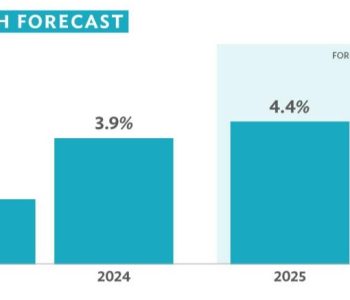Containing the virus: Five Vignettes

KATHMANDU: Germany, South Korea, Mongolia, Vietnam and the Indian state of Kerala have showed what it takes to tame the spread of the coronavirus. What did they do right?
First, testing.
Countries that practiced mass testing and tracingwere able to better understand and tame the virus. Germany conducted around 350,000 tests per week, far greater than any European neighbor. As a result, it has a high number of infections but low mortality. As pre-symptomatic infections are more likely to spread the virus, testing has been done on all types; countries that only tested symptomatic cases in the early days of the pandemic saw a larger outbreak.
Second, preparedness.
The Indian state of Kerala set up a COVID-19 control room in all its 14 districts by January 24, 2020, three days before the first case arrived. It had already implemented WHO’s protocol of test, trace, isolate and support. Even when India’s active caseload escalated by a multiple of 71, it fell by two-thirds in Kerala.Similarly, Mongolia required schools to close by January 27; in mid-February it cancelled a national holiday to limit travel between Ulaanbaatar and provinces outside the capital. It then sealed off its border with China and Russia and banned international flights from hotspots such as South Korea. Vietnam, too, closed its border with China in January. Early social distancing also worked. Ajay Shenoy found that in areas that saw rainy weekends prior to government mandated lockdown people stayed home sooner, thereby lowering the trajectory of COVID-19 cases and deaths in those areas.
Third, technology.
Location can be traced through GPS in mobile phones andbank card transactions; and surveillance videos can be used to narrow down the location and to strengthen contact tracing. South Korea embraced technology by making information of people who have recently tested positive publicly available. This enabled authorities to quickly quarantine and sterilize locations. South Korea is one of the most digitally connected countries in the world with more than 96 percent of people having internet access. Whether and how these technological intrusions collide with individual liberty and privacy, however, need to be discussed.
Fourth, systems.
In January, the ratio of ventilators to patient was 34 per 100,000 in Germany, while in other European countries such as the Netherlands, it was merely seven. Even as the pandemic worsened, Germany was able to increase its health care capacity from 28,000 ICU beds to 40,000, according to The New York Times.Similarly, Vietnam benefited from decades of prior investment in building accessible public health systems. Because it faced epidemics such as SARS in 2003 and Swine flu in 2009, the society was aware of similar threats and had systems in place across all its 58 provinces and five municipalities.
Fifth, leadership.
Strong leadership has made all the difference. In Germany, Angela Merkel, a trained scientist was able to calmly communicate to the public in an informed manner, inspiring confidence. In Kerala, the health minister boosted morale of village-level committees working to build public hand washing stations. While in South Korea, the President disseminated coronavirus information early and consistently to inspire a ‘war-time’ sense of purpose among the public. Leaders who downplayed the threat early on have seen terrible consequences.
Author: Swarnim Wagle, Economist, Chair, Institute for Integrated Development Studies (IIDS)
Excerpted from a Policy Note prepared by AbyayaNeopane and Swarnim Wagle at IIDS, Kathmandu.













Facebook Comment